COVID-19 pandemic: What did Worcester do well, and not so well?
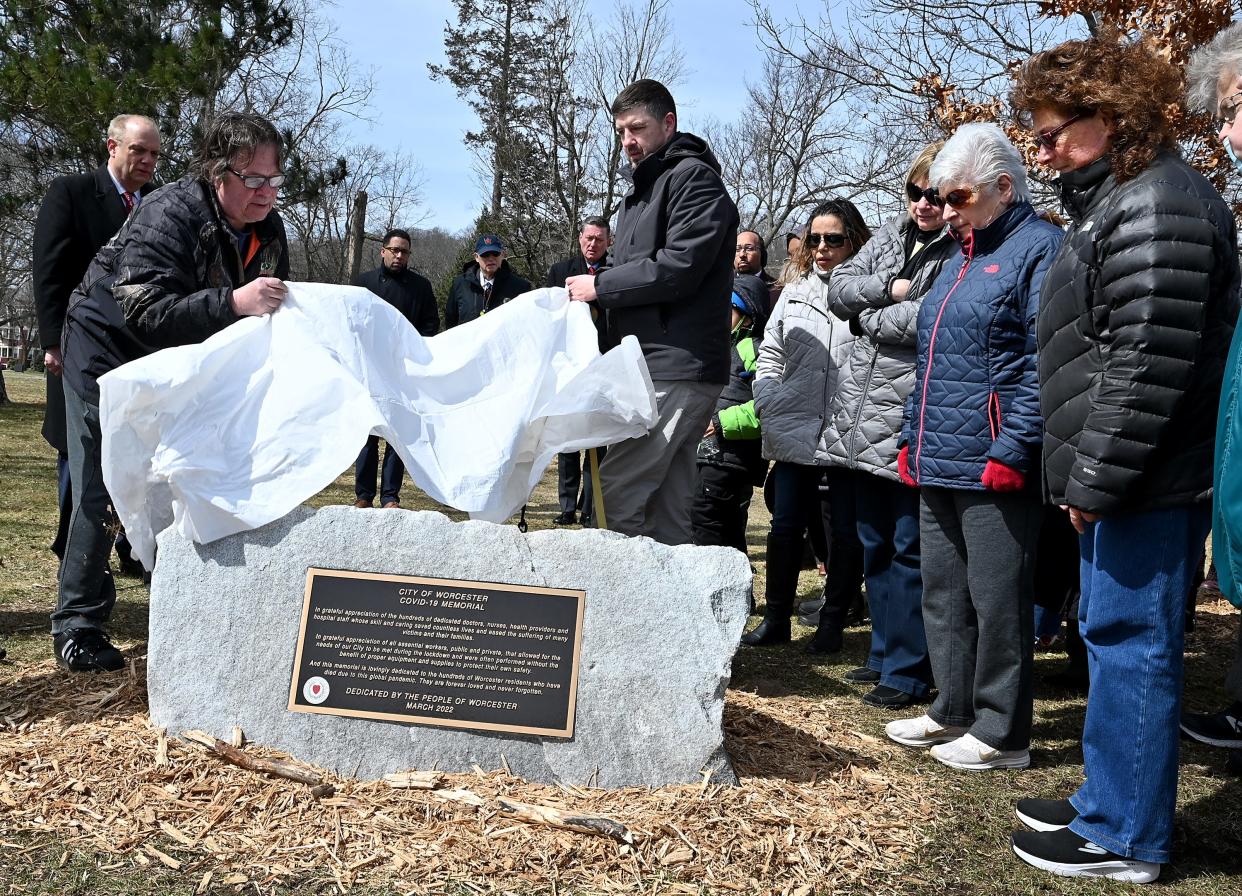
- Oops!Something went wrong.Please try again later.
WORCESTER – A job well done is the overall message from city officials and community leaders as they assess the work over the past three years to tackle the COVID-19 pandemic.
It’s an assessment that comes as the state and federal governments announced they will declare an end to the COVID-19 public-health emergency on May 11.
Despite that development, COVID infections and deaths continue in Massachusetts, although at a much lower rate than during the pandemic's height.
Some sources say there’s still more work to do to bring the virus under control, while others believe there's a need for increased investment in Worcester's public health department in order to meet the next crisis that comes down the pike.
'Good job'
“I think we did good job with the pandemic, but it never ends. We continue to learn through the process,” said Dr. Matilde Castiel, the city’s commissioner of health and human services.
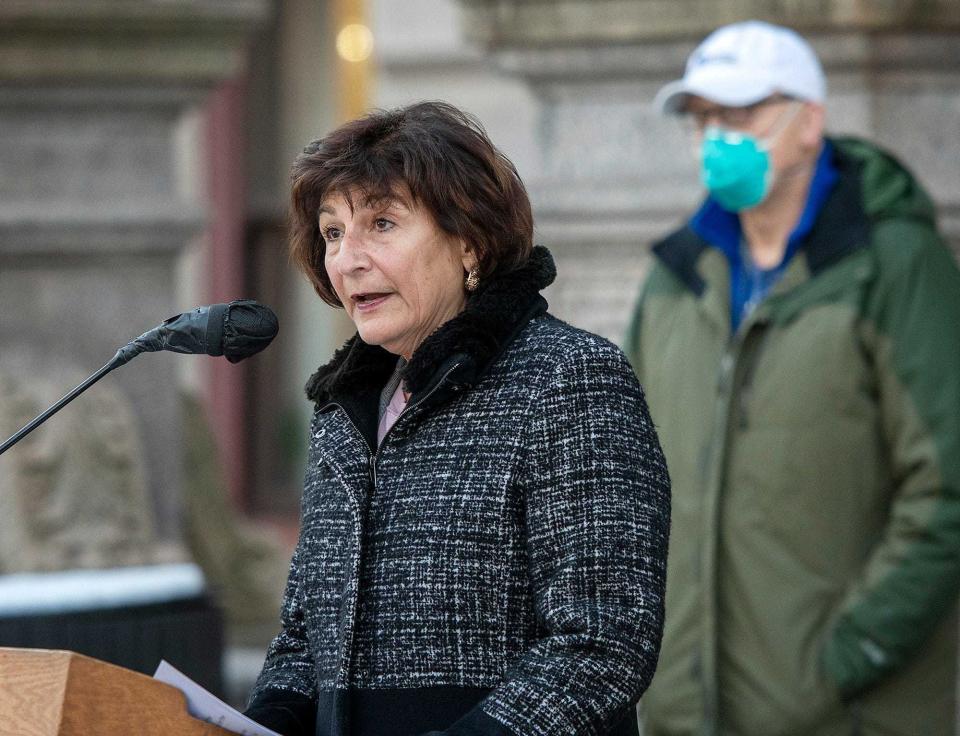
The learning continues as the COVID-19 public health emergency officially ends next month.
That declaration doesn’t mean COVID is gone. Worcester had 83 new cases of the virus over a two-week period that ended April 19, according to state public health data. There were also three deaths in Worcester County due to the virus in that period.
The Worcester Public Schools reported 10 students and one staff member tested positive for COVID-19 for the week that ended April 13.
More: Masking against COVID-19: Should it stay or go in health care facilities?
Community partnerships
Castiel mentioned the city’s numerous partnerships with community organizations – hospitals, churches, social service agencies – that brought testing and vaccination to all neighborhoods.
“Never once did we not think of communities of color and not bring vaccination to them,” said Castiel in reference to parts of Worcester that have historically received lower levels of public health resources.
It's a sentiment shared by Maritza Cruz, a longtime activist who praised the city for making sure all areas of Worcester had equal access to the tools to fight the virus.
“Overall, I give the city credit for the work done,” said Cruz. “People mobilized and really pushed to ensure communities going to be the hardest hit were not forgotten and left behind.”
Disparity
Despite those efforts, a disparity exists in vaccination rates when comparing Worcester’s racial and ethnic populations in a city of more than 200,000 people, the second-largest city in Massachusetts, three times smaller than Boston, the state's largest city with 675,000 residents.
A similar disparity exists in Springfield, a city with a population (155,000) smaller than Worcester's but still substantial as the third-largest city in the state.
The Black and Hispanic/Latinx vaccination rates in Worcester for those having the first two primary shots against COVID-19 are 59% and 58%, respectively, compared to 64% white and 70% Asian, according to the latest figures from the state’s vaccine equity program.
In Springfield, the two-dose vaccination rates are 60% Black, 50% Hispanic/Latinx, 72% white and 73% Asian.
Boston’s vaccination rates are higher than Worcester’s and Springfield’s - 78% Black, 75% Hispanic/Latinx, 70% white and 81% Asian.
As Cruz sees it, Worcester’s vaccination disparity isn't alarming, because while the city and its partners worked hard to circulate testing and vaccinations, communities of color will always experience some level of public health disparity.
“No matter what, the gap is always going be there, as far as public health, or equal justice, actually,” said Cruz.
Mental health issues remain
Eve Gilmore joined the chorus that believes the city came together in a collaborative way to tackle COVID-19.
However, the landscape isn’t perfect, noted Gilmore, who is chief executive officer at Edward Street Child Services, a nonprofit that raises awareness about the importance of early childhood education.
Mental health challenges are a lingering consequence of COVID-19, she said.
“I worry that we assume May 11 comes and everything is fine. Across the community, for all families, there are mental health consequences of COVID-19 that have yet to finish playing out.” Those consequences, said Gilmore, have many sources, including children whose parents died from COVID-19 and lost time in the classroom when schools were shut down for in-person learning.
One potential source of funds to work on the mental health piece, noted Gilmore, is tapping into the $11.6 million in federal funds Worcester received from the federal American Rescue Plan Act.
Additional challenges
Besides mental health, other challenges exist that must be addressed if the city is going to effectively tackle the next public-health emergency, said Roberto Diaz, executive director of Worcester Interfaith, a group of more than a dozen congregations.
Diaz praised Castiel and Dr. Michael Hirsh, the city’s medical director, for daily information updates during the initial months of the pandemic. He also cited the city’s partnership with “cultural brokers” in neighborhoods who took the message of the importance of testing and vaccination to the streets.
Without those brokers, Diaz said the vaccination rates in Worcester would be much worse than they are today.
He also noted misinformation from online sources that was an obstacle to educating the community about proven scientific benefits of COVID vaccines. As Diaz sees it, the city’s health department and its community partners must continue to bring discussions directly into the neighborhoods to combat the misinformation.
Other lessons learned from the pandemic, said Diaz, include the need for more testing sites; increased access to face masks, gloves and other means of personal protection that were in short supply in the pandemic’s early days; and better coordination with businesses to ensure shelves are stocked with food and other necessities, something Diaz said was lacking during the beginning stages of the pandemic.
In addition, Diaz believes there needs to be a more robust supply of dependable technology for students to do their schoolwork remotely if the schools are forced to shut down again. Also, internet connections in some parts of the city are weak, hampering efforts to conduct remote meetings.
Exhausting
That is how MaryJo Marion described how emotionally and physically draining it was for small, grassroots neighborhood groups to take on the work of saving lives in Worcester.
Marion, assistant vice president at the Latino Education Institute at Worcester State University, said the city needed those groups because the Worcester Public Health Department didn’t have the resources to initially handle the pandemic. Worcester is not alone, Marion said, because many cities and towns have underfunded their public health departments for many years.
Marion worries that with the waning number of COVID infections and deaths, the urgency to invest in public health will revert back to a low-priority status. A situation that she said is not sustainable.
“A lot of good has been done in Worcester (during the pandemic),” said Marion “But there was a lot of reliance on smaller organizations that is really draining. It's probably not the best long-term strategy moving forward.”
Language barrier
In some Worcester neighborhoods, especially those with large number of immigrants, English is not the predominant language. That’s a problem when doing the work of explaining the safety and efficacy of COVID-19 vaccinations, said the Rev. Thomas Ofori, head of the Good Shepherd Ghana Methodist Church.
Ofori said some members in his congregation believed vaccinations were a premeditated plan to get rid of Black people. Others thought if they visited to a vaccination site, they could be deported.
To hurdle these obstacles, the church partnered with the city to bring in speakers who delivered information in the native languages that Good Shepherd members would understand. The result was 50 vaccinations in the arms of church members.
Ofori thinks the city needs to hire more multilingual public health staff to get the message out about the safety of vaccines and other public health measures.
“Speaking in the local language makes things a whole thing easier,” said Ofori.
Medical perspective
Communication was the key to the city’s work during the pandemic, said Dr. Pablo Hernandez, medical director at the Edward M. Kennedy Community Health Center.
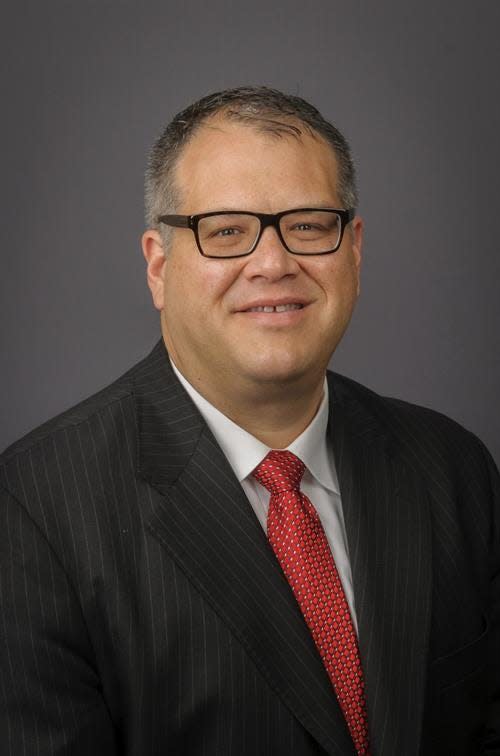
Hernandez said Castiel asked him if he would provide medical care to homeless residents in a temporary shelter, serving residents who were in the high-risk category for COVID-19.
“I helped take care of those patients every week. It was the right thing to do,” said Hernandez.
Kennedy Health’s central care center on Tacoma Street in Worcester reported 1,546 COVID-19 positive cases since the start of the pandemic, with almost half (735) coming in 2020. So far this year the numbers have fallen dramatically – a total of 41 positive cases.
One Kennedy staff member with preexisting health problems died from COVID-19 early in the pandemic, said Hernandez.
Like Kennedy Health, COVID numbers at UMass Memorial have dropped significantly – 29 COVID patients are currently in UMass Memorial hospitals, including four in the intensive care unit as of last Wednesday, according to state public health data.
Since the start of the pandemic, UMass Memorial Health reports 66,363 COVID-19 infections, and 1,562 deaths.
Dr. Richard Ellison, infectious diseases physician at UMass Memorial, cited serval hospital benchmarks during the pandemic, including an additional 55 ICU beds; a field hospital at the DCU Center that treated 780 patients; and several testing sites, including a drive-thru on Plantation Street.
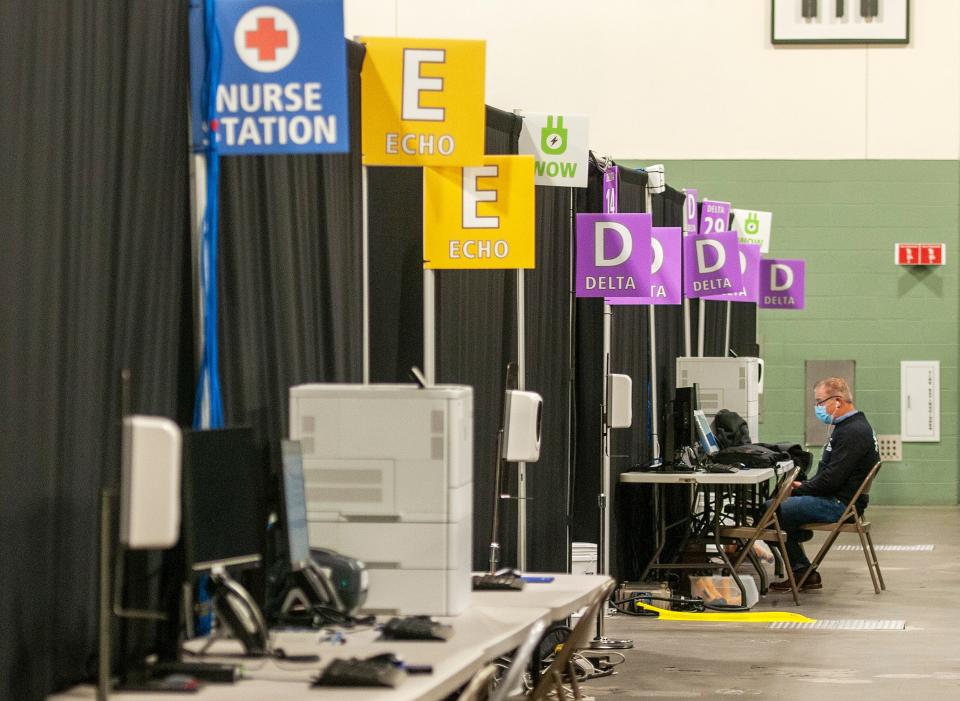
Another UMass Memorial milestone is a COVID-19 treatment center that started in a mobile home outside the health system’s Hahnemann Campus that since moved indoors. It has treated over 13,000 high-risk patients, the largest outpatient COVID-19 treatment center in the U.S., said Ellison. It's funded by the state Department of Public Health to study emerging infectious diseases.
COVID-19 also put a big dent in UMass Memorial's budget. The “biggest issue” said Ellison is the high cost of temporary “travel” staff hired to fill workforce shortages, partly due to burnout during the pandemic.
UMass Memorial spent $200 million on temporary staff in fiscal 2022 that ended Sept. 30. The hospital system reported a $38.2 million operating loss in the fiscal year.
“Workforce is the No. 1 priority. We need to keep the health care budget in line,” said Ellison.
Technology is key
One thing the COVID-19 pandemic reinforced in Worcester is the importance of technology to keeping the wheels of government running. The city rolled out a 311 phone number for nonemergency information during business hours and 24/7 access from a mobile application.
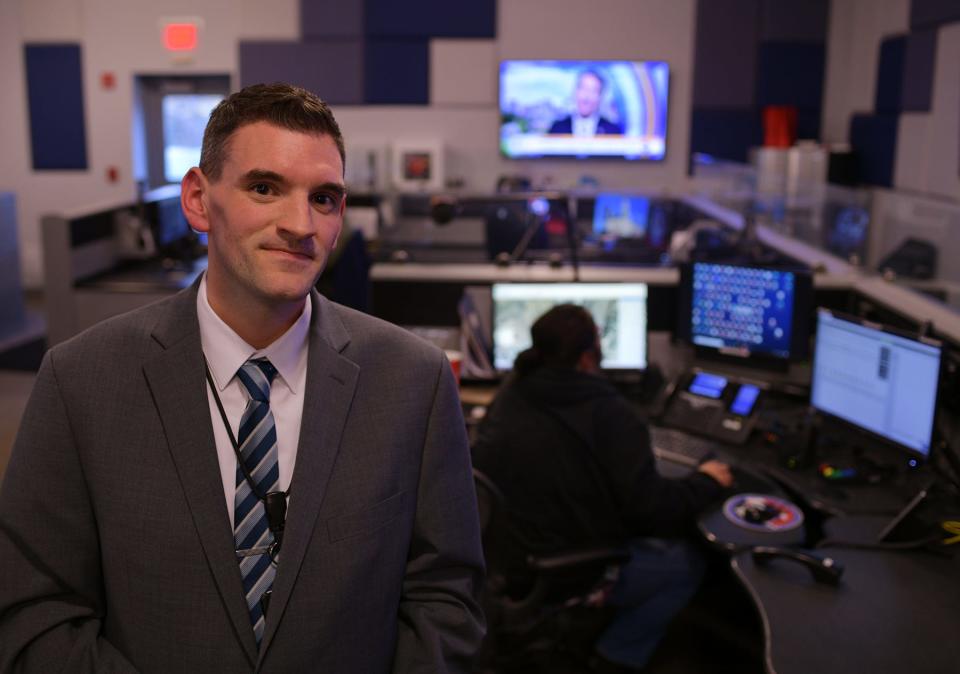
There’s also a new community emergency response team, said Charles Goodwin, Worcester’s director of emergency communications and management. Residents are trained by the city’s emergency management division to assist with fires, building collapses and other emergencies. The team is needed, Goodwin said, because the American Red Cross that helps the city respond to emergencies has a shortage of volunteers.
Worcester still receives services from the Red Cross, said Goodwin, including training in emergency response.
Final thought
Worcester learned a great deal from the pandemic, said Castiel.
Community partnerships resulted in many services that ran the gamut, from vaccination clinics at churches to showing proof of vaccination at Table Talk Pies in exchange for a free 4-inch pie.
Bottom line for Castiel, the city needs to continue to build on community partnerships developed during the pandemic in order to be ready for the next public health crisis.
“It’s part of the public health we need do, to figure out how we are part of the community,” she said.
Contact Henry Schwan at henry.schwan@telegram.com. Follow him on Twitter @henrytelegram
This article originally appeared on Telegram & Gazette: COVID-19 pandemic: What did Worcester do well, and not so well?

